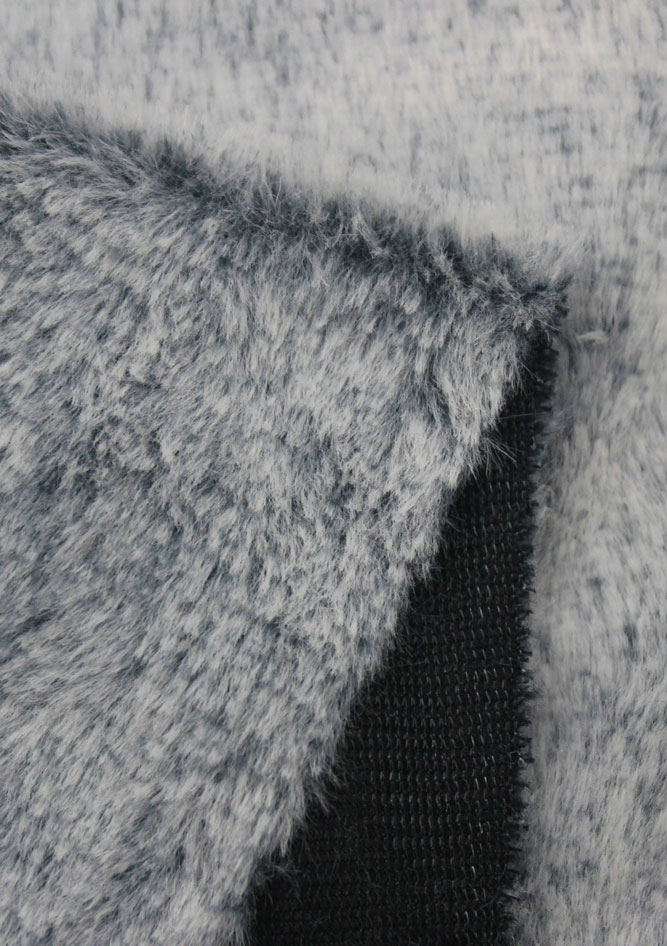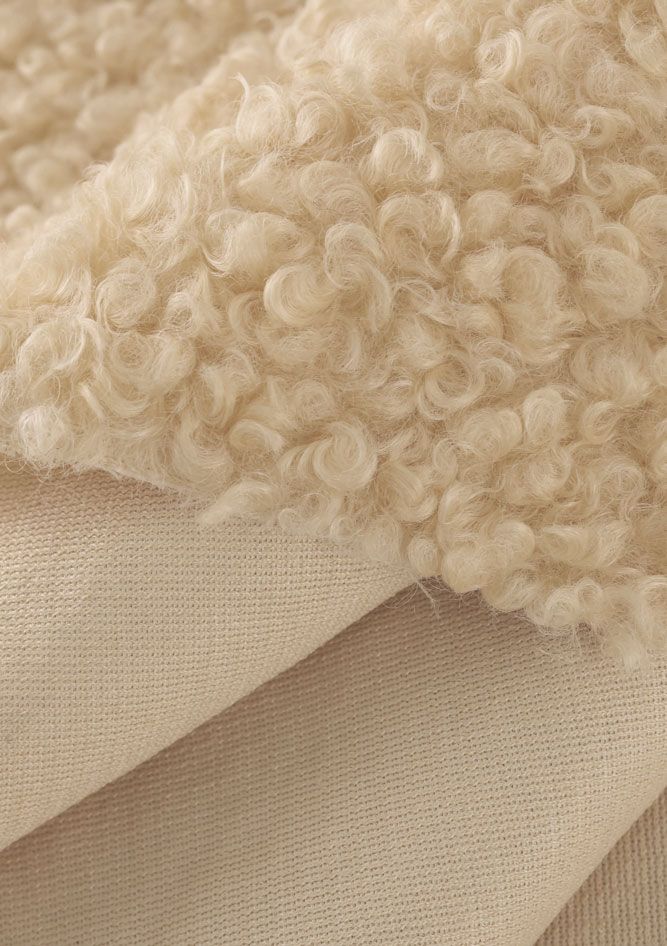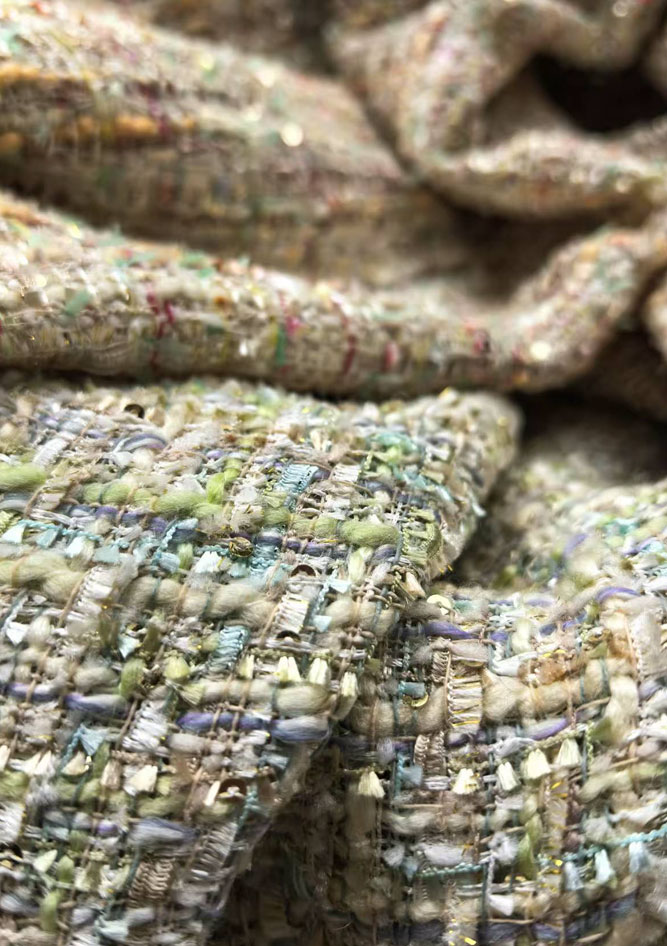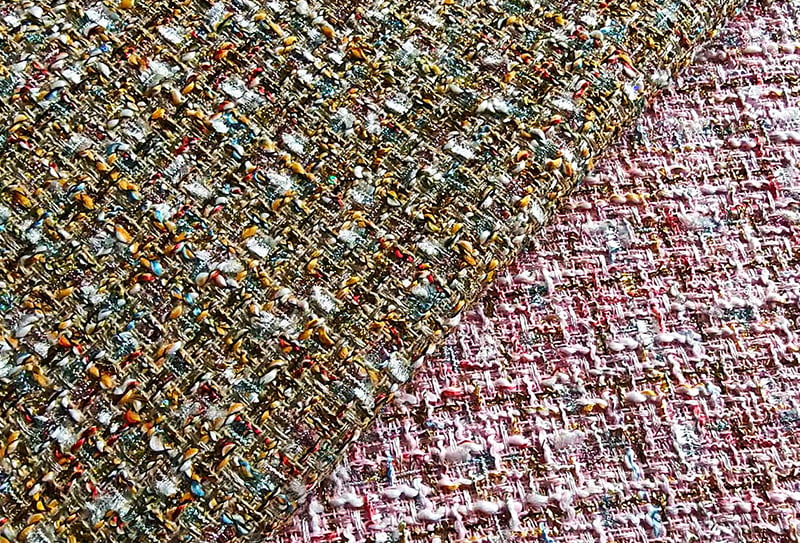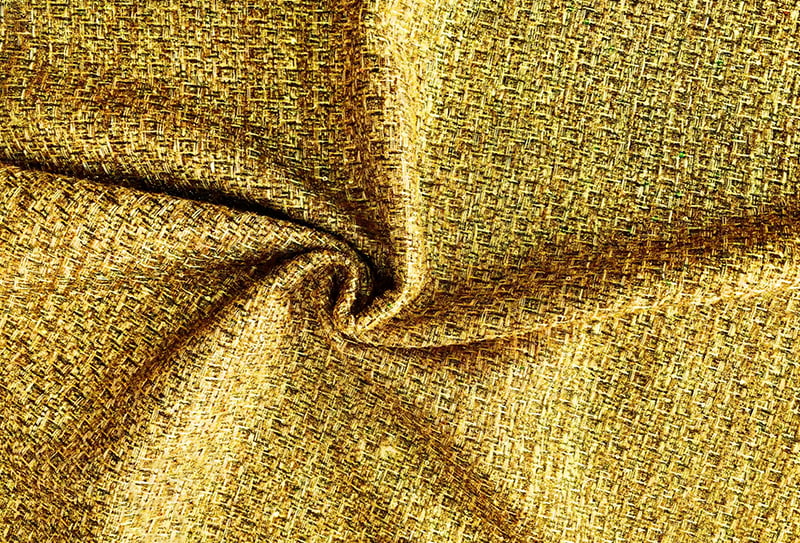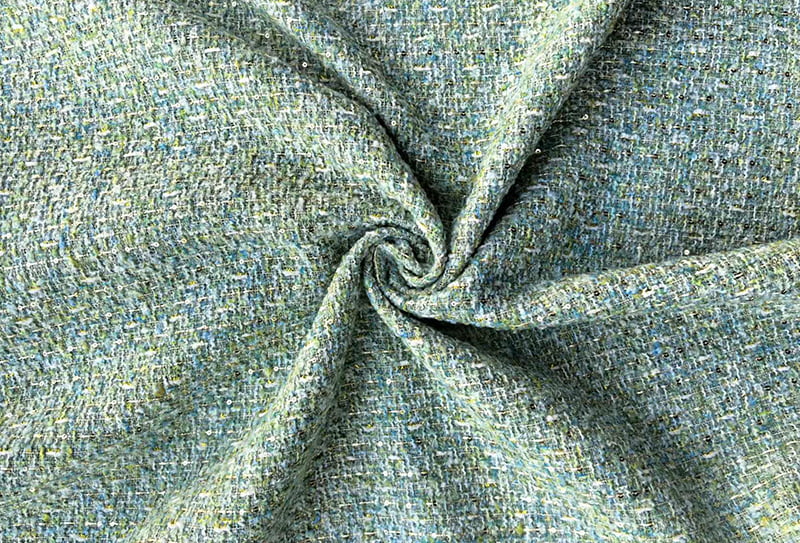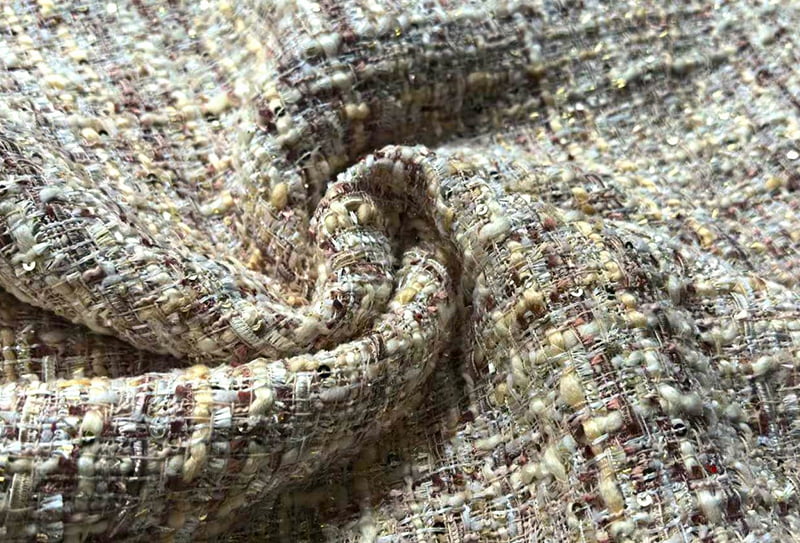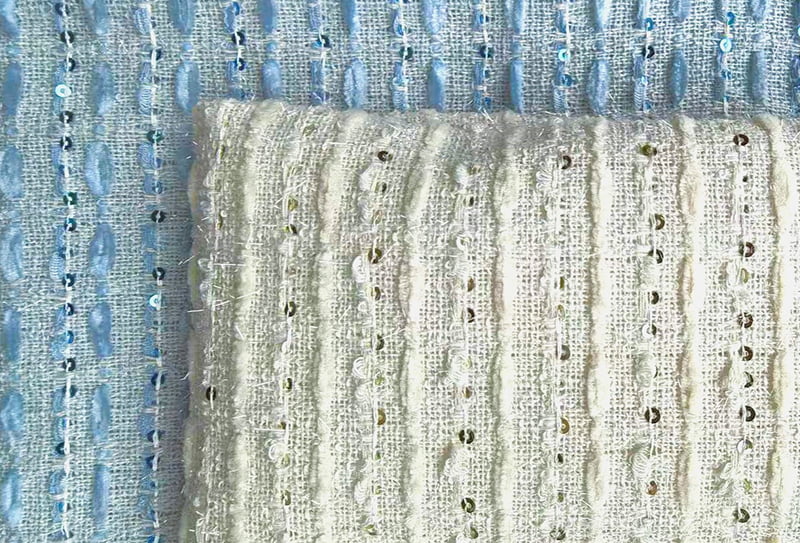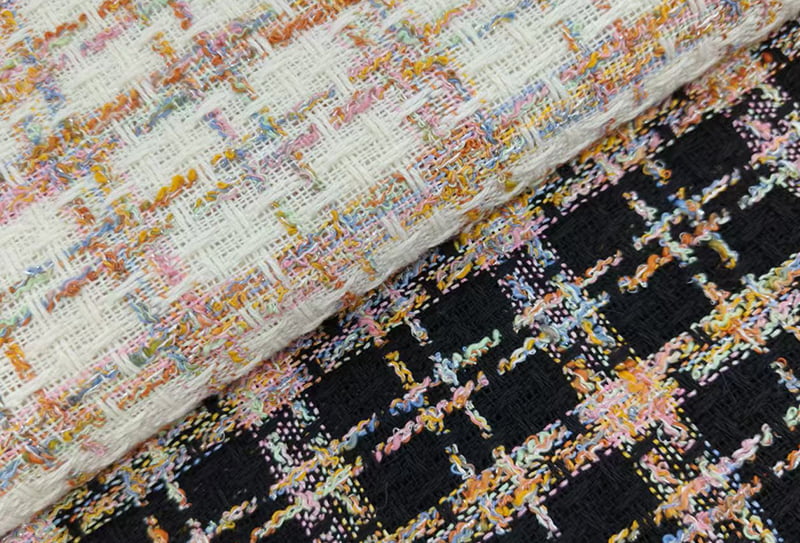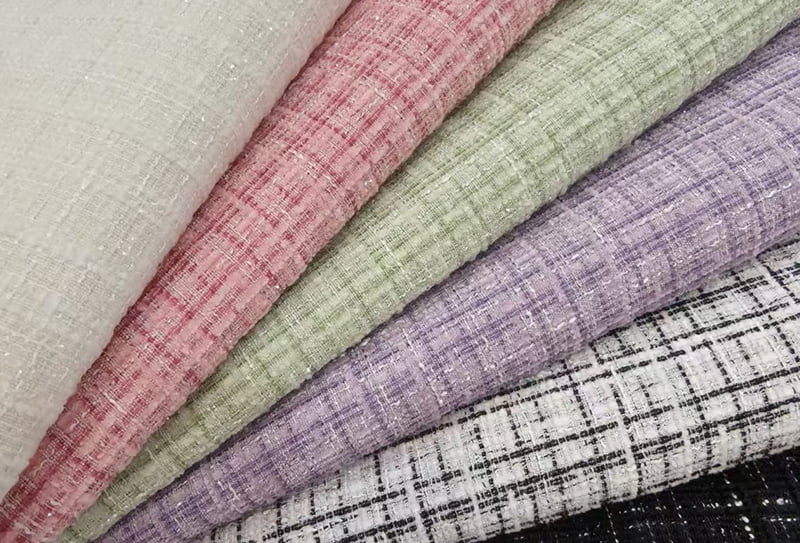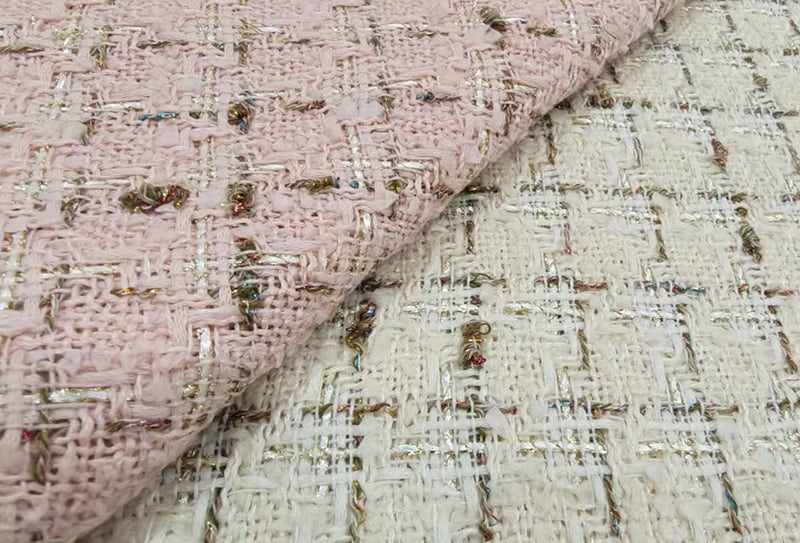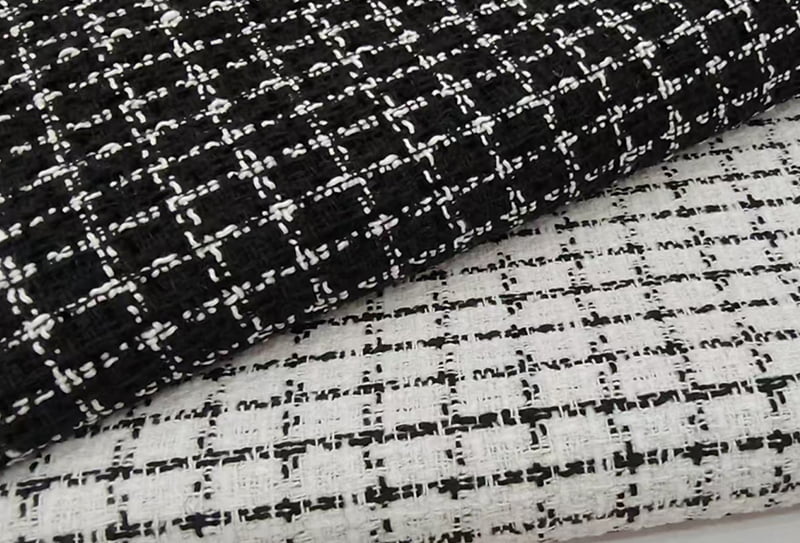The Rise of Conscious Consumerism in Fashion The fashion industry is undergoing a profound transformation as consumers increasingly prioritize ethical considerations in their purchasing decisions. This shift toward conscious consumerism has created an unprecedented demand for sustainable alternatives that don't comprom...
READ MOREOur Collections
Tweed Fabric Manufacturers
-
-
Understanding Short Plush Fabric and Its Key Characteristics Short plush fabric represents a specialized category within the broader plush textile family, characterized by its shorter pile height and distinct performance attributes. Unlike traditional plush fabrics that often feature longer, more luxurious fibers, shor...
READ MORE -
Unveiling the Unique Texture of Curly Particles Plush Fabric The world of textile innovation is continually evolving, introducing materials that redefine our expectations of comfort and style. Among these advancements, Curly Particles Plush Fabric has emerged as a standout, captivating designers and consumers alike wit...
READ MORE
Understanding Chanel-Inspired Fabric: Composition, Texture, and Applications
Chanel-inspired fabric is a high-end textile that draws design cues from the iconic aesthetics of the Chanel brand. Known for its elegance, classic patterns, and refined textures, this type of fabric is widely used in fashion apparel, accessories, and luxury home décor. Its popularity stems from its sophisticated weave, often featuring intricate patterns, boucle textures, and a blend of different fibers to achieve both visual appeal and durability.
Composition
Chanel-inspired fabrics are typically made from a combination of natural and synthetic fibers, carefully blended to achieve a balance of softness, strength, and elasticity. Common materials include wool, cotton, polyester, and acrylic, often combined with metallic threads or embellishments to enhance texture and depth. The fabric is designed to be both tactilely pleasant and structurally reliable, ensuring garments retain shape and drape elegantly.
Texture and Finish
The texture of Chanel-inspired fabrics can range from smooth and glossy to slightly raised boucle or tweed-like surfaces. Many fabrics undergo processes such as brushing, embossing, or foil application to achieve distinctive finishes. The tactile experience is essential in this category, as it reflects luxury, craftsmanship, and attention to detail.
Applications
Chanel-inspired fabrics are versatile and primarily used in:
- High-end fashion garments, including jackets, skirts, and dresses
- Accessories like handbags, hats, and scarves
- Home décor items such as cushion covers and throws
The adaptability of these fabrics allows designers and manufacturers to create products that meet the aesthetic and quality standards of luxury consumers.
Parameters of Chanel-Inspired Fabric
| Parameter | Description |
|---|---|
| Fiber Composition | Blend of natural (wool, cotton) and synthetic (polyester, acrylic) fibers |
| Weave Type | Varies: boucle, tweed, plain, jacquard |
| Finish | Brushing, embossing, foil, embroidery |
| Applications | Garments, accessories, luxury home textiles |
| Origin | Supplied by Zhejiang Shaoxing Wanyi Textile Technology Co., Ltd |
| Target Markets | United States, Russia, India, Europe |
Zhejiang Shaoxing Wanyi Textile Technology Co., Ltd, established in 2019 and located at the 1st floor of Zone 1, Keqiao North Link Market, is a leading supplier of plush and specialty fabrics including Chanel-inspired textiles. The company integrates design, production, and sales, emphasizing high quality, competitive pricing, and sustainability. With 16 years of experience in plush fabric production, Wanyi provides one-stop solutions to international clients while promoting green textile technology and responsible manufacturing practices.
Comparison of Tweed Fabric with Other Woolen Textiles in Fashion and Interiors
Tweed fabric is a traditional woolen textile known for its durability, textured weave, and rustic aesthetic. Compared to other woolen fabrics such as flannel, merino, or cashmere blends, tweed offers several distinctive advantages and considerations in both fashion and interior applications.
1. Composition and Texture
Tweed is usually made from coarse wool and features a tight twill or plain weave, often with a flecked or heathered appearance. This texture gives it a robust and tactile feel, making it ideal for outerwear, jackets, and structured garments. In contrast, fabrics like flannel are softer and smoother, providing more comfort against the skin, while cashmere offers luxury softness but less durability for heavy-use applications.
2. Durability and Performance
One of tweed's key strengths is its resilience. Its dense weave provides excellent resistance to wear and tear, making it suitable not only for clothing that requires long-term use but also for interior textiles like upholstery, cushions, and drapery. Softer woolen fabrics, while more delicate, are better suited for lightweight garments and decorative interior elements where high abrasion resistance is not critical.
3. Aesthetic and Styling Versatility
Tweed's classic patterns, including herringbone, houndstooth, and check, lend a sophisticated and timeless look, often associated with British heritage style. Other woolen fabrics like plain wool or merino offer smooth and solid colors, giving designers flexibility for modern, minimalistic, or sleek aesthetics. Tweed's visual texture adds character to both fashion and interior designs, creating a layered, cozy, and refined impression.
4. Climate Adaptability
Due to its thickness and insulating properties, tweed excels in cooler climates and transitional seasons. It provides warmth without heavy layering, making it a practical choice for both winter apparel and upholstery in temperate interiors. Lighter wool fabrics are preferred in warmer climates or for layering pieces in fashion where breathability is a priority.
5. Sustainability and Sourcing Considerations
With increasing attention to sustainable textiles, manufacturers like Zhejiang Shaoxing Wanyi Textile Technology Co., Ltd integrate responsible sourcing practices and eco-friendly production for plush fabrics. While tweed is traditionally wool-based, modern production can also incorporate recycled fibers or blended compositions to improve environmental performance while maintaining durability and style.
Parameter Comparison Table
| Feature | Tweed Fabric | Other Woolen Textiles (Flannel, Merino, Cashmere) |
|---|---|---|
| Texture | Coarse, textured, flecked | Smooth, soft, fine |
| Durability | High, resistant to wear | Medium to low |
| Aesthetic | Classic patterns, rustic | Solid colors, minimalistic |
| Suitable Use (Fashion) | Jackets, coats, structured garments | Shirts, sweaters, lightweight apparel |
| Suitable Use (Interiors) | Upholstery, cushions, drapery | Throws, soft cushions, decorative accents |
| Climate Adaptability | Cooler climates, transitional wear | All-season, lightweight options |
| Sustainability Potential | High with responsible sourcing | Variable depending on material and production |
Tweed stands out for its durability, classic aesthetic, and versatility in both fashion and interior applications. While softer wool fabrics may prioritize comfort and luxurious feel, tweed provides a balanced combination of texture, resilience, and timeless style. Companies like Zhejiang Shaoxing Wanyi Textile Technology Co., Ltd leverage their expertise in plush fabrics to offer high-quality, responsibly produced textiles that meet both practical and aesthetic needs for global markets.

 English
English 中文简体
中文简体